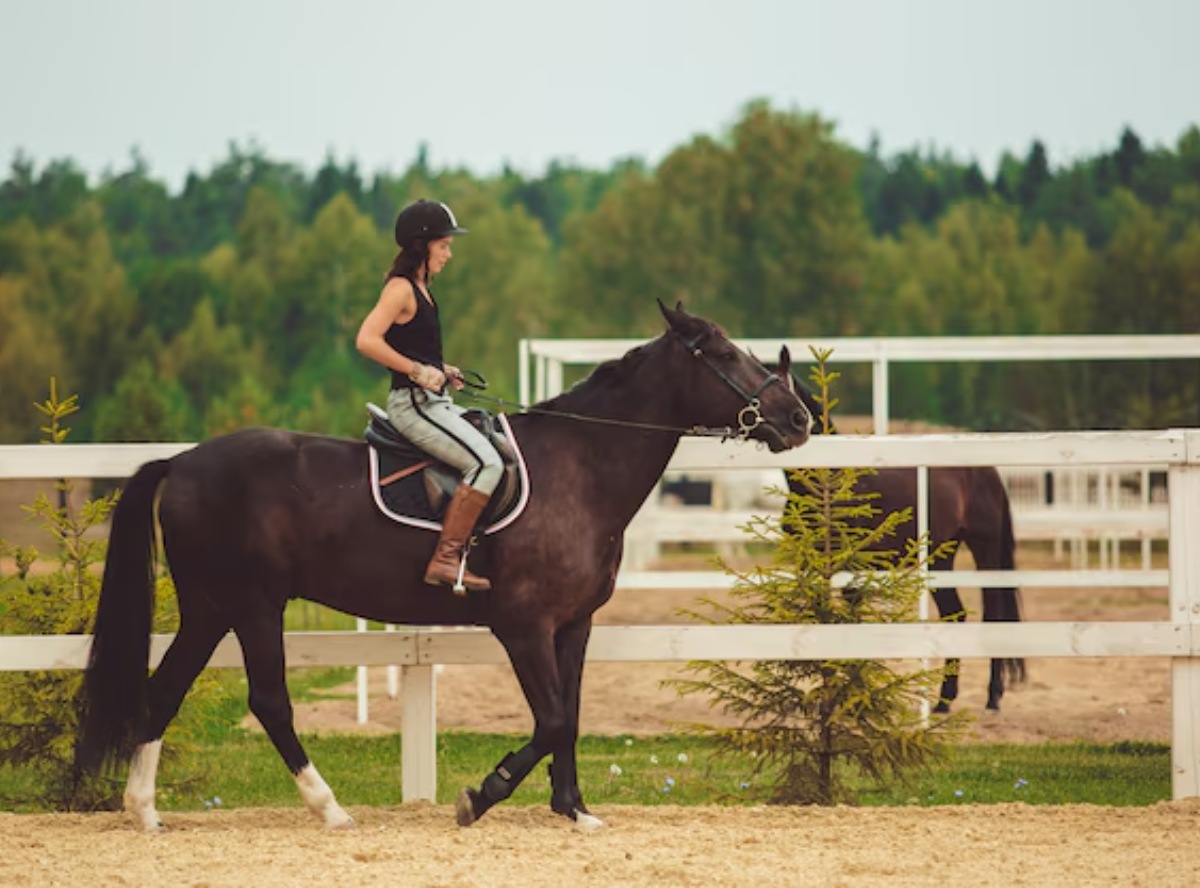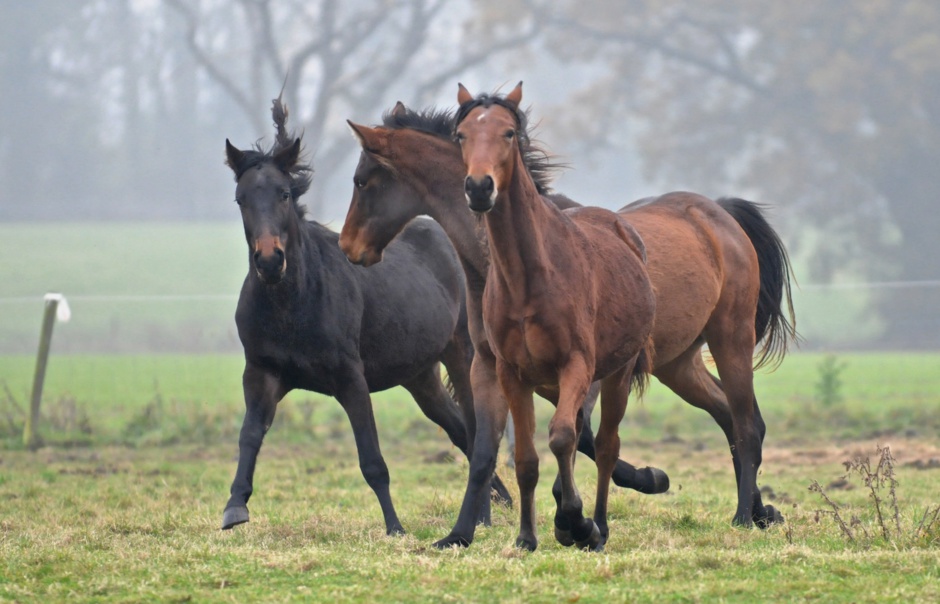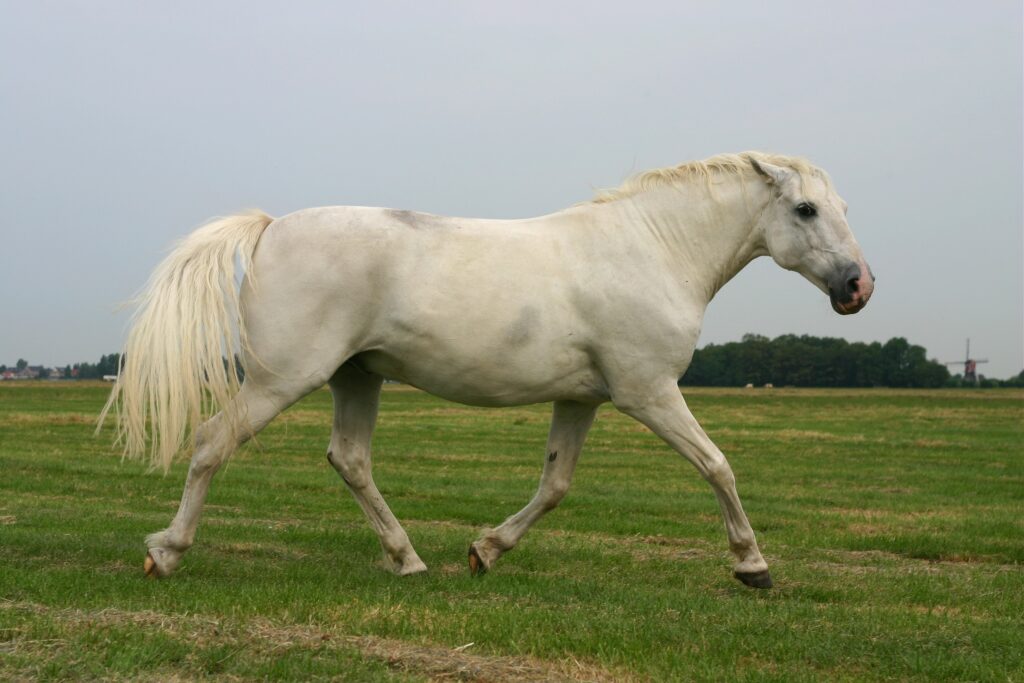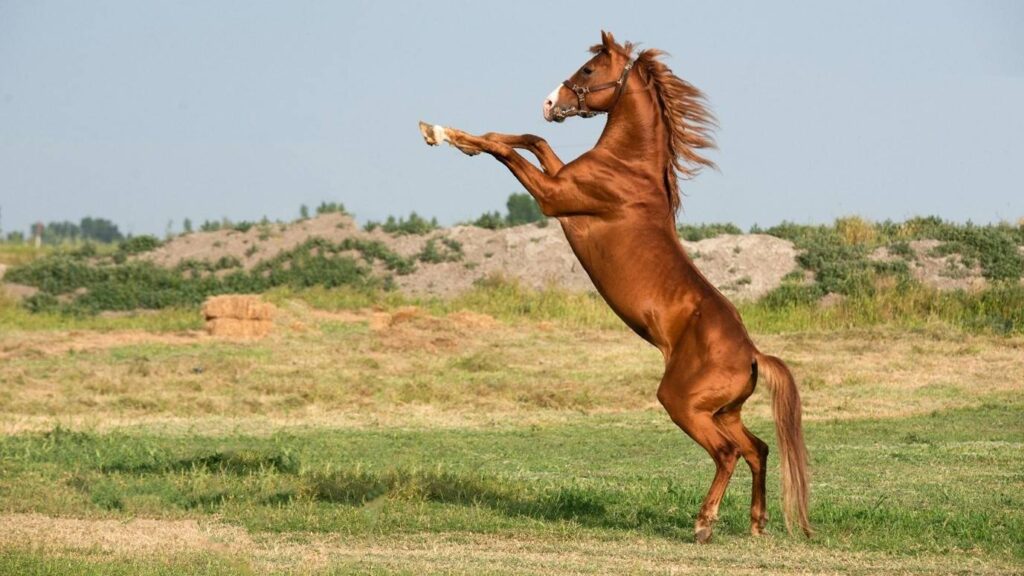Training a horse can be one of the most rewarding experiences for any equestrian. However, ensuring the safety of both the trainer and the horse is paramount. In this article, we’ll delve into several horse training safety tips that every equestrian should know. These guidelines will help create a safe and productive environment for training, ultimately leading to a more harmonious relationship between you and your horse.

Understanding Your Horse’s Behavior
Before embarking on any training session, it’s crucial to understand your horse’s behavior. Horses are naturally flight animals, so being aware of their body language can prevent potential accidents. Familiarize yourself with signs of discomfort or fear, such as pinned ears or tense muscles. By understanding these cues, you can adjust your approach to keep the training session safe and effective.
Establishing Clear Communication
Communication is key when training a horse. Clear and consistent signals help your horse understand what is expected of them. Use a combination of vocal commands and body language to convey your intentions. For instance, you can learn more about basic horse commands to enhance your communication skills with your equine partner.
Proper Equipment and Attire
Wearing the right attire and using appropriate equipment is critical for safety during horse training. Always wear a helmet to protect your head in case of a fall. Additionally, sturdy boots with a heel prevent your foot from slipping through the stirrup. Ensure that all tack is in good condition and fits your horse properly to prevent injuries.
Regular Equipment Inspections
Regularly inspect your equipment for signs of wear and tear. Faulty equipment can lead to accidents, so it’s essential to address any issues immediately. Check the stitching on saddles, the condition of the bridle, and the integrity of the reins before each session.
Choosing the Right Environment
The training environment plays a significant role in safety. Opt for a quiet, enclosed area free from distractions and hazards. A well-maintained arena or round pen is ideal for training sessions. Ensure that the ground is even and free of debris to prevent slips and falls.
Understanding Groundwork
Groundwork is an integral part of horse training and can enhance safety. By working with your horse on the ground, you build trust and establish boundaries. This foundation makes subsequent riding sessions safer and more productive. For more information on groundwork, consider exploring horse groundwork exercises.
Creating a Training Plan
A structured training plan ensures that sessions are both safe and effective. Set realistic goals and break them down into manageable steps. This approach prevents overwhelming your horse and allows you to monitor progress. Adjust your plan as needed based on your horse’s response.
Understanding Training Progression
Training should progress gradually to prevent stress and injury. Start with simple exercises and gradually increase complexity as your horse gains confidence and understanding. Regularly assess your horse’s performance and adjust the training plan to suit their individual needs.
Incorporating Rest and Recovery
Rest is an essential component of any training regimen. Overworking your horse can lead to fatigue and injury. Incorporate regular breaks into your training sessions to allow your horse to recover physically and mentally. This approach also helps reinforce positive behavior by giving your horse time to process what’s been learned.
Monitoring Health and Fitness
Maintaining your horse’s health and fitness is crucial for safe training. Regular veterinary check-ups and a balanced diet contribute to overall well-being. Ensure your horse is in good physical condition before starting any training program.
Seeking Professional Guidance
If you’re new to horse training or facing challenges, seeking professional guidance is a wise choice. A qualified trainer can provide valuable insights and techniques tailored to your horse’s needs. This expertise enhances safety and accelerates progress.
Learning from Experienced Trainers
Observing experienced trainers can offer valuable lessons in horse training safety. Many trainers share their knowledge through workshops, online courses, and publications. Consider attending events or joining equestrian communities to expand your understanding.
Emphasizing Patience and Positivity
Training a horse requires patience and a positive attitude. Horses respond best to calm and consistent handling. Celebrate small victories and remain optimistic, even when progress seems slow. This approach fosters a positive training environment and strengthens the bond between you and your horse.
Building Trust and Respect
Trust and respect are the foundation of a successful horse-human relationship. By consistently using positive reinforcement and treating your horse with kindness, you build a bond based on mutual respect. This connection enhances safety and cooperation during training.
Utilizing Technology in Training
Incorporating technology into horse training can improve safety and efficiency. From wearable devices that monitor vital signs to apps that track training progress, technology offers valuable tools for modern equestrians. Explore these options to enhance your training sessions.
Monitoring Progress with Apps
Tracking your horse’s progress is easier with the help of mobile apps and software. These tools allow you to record sessions, set goals, and review performance data. By keeping a detailed record, you can make informed decisions about your training strategy.
Conclusion
Implementing these horse training safety tips can transform your training sessions, making them safer and more enjoyable for both you and your horse. By understanding your horse’s behavior, using the right equipment, and creating a supportive environment, you’ll pave the way for a successful training journey. For additional tips and insights, consider visiting Horsefulness Training.

Frequently Asked Questions
What should I wear while training my horse?
Wearing a helmet, sturdy boots, and comfortable clothing is essential for safety during horse training. These items protect you in case of falls or accidents.
How can I improve communication with my horse?
Improving communication involves using clear vocal commands and consistent body language. Consider learning horse riding training guide for more detailed techniques.
Why is groundwork important in horse training?
Groundwork establishes trust and respect between you and your horse. It creates a foundation for safe and effective riding sessions by reinforcing boundaries and communication.
This article contains affiliate links. We may earn a commission at no extra cost to you.







